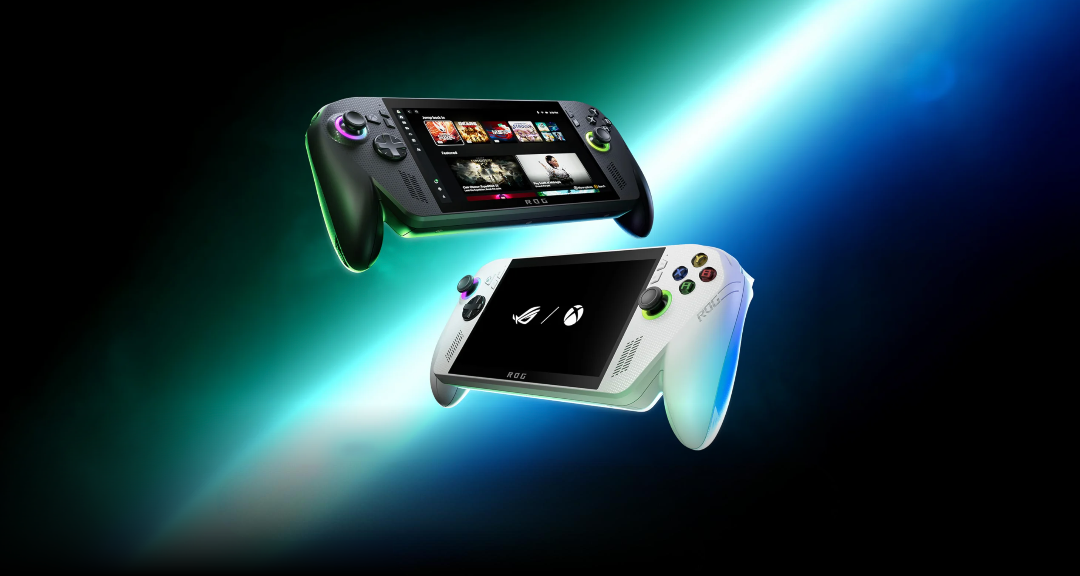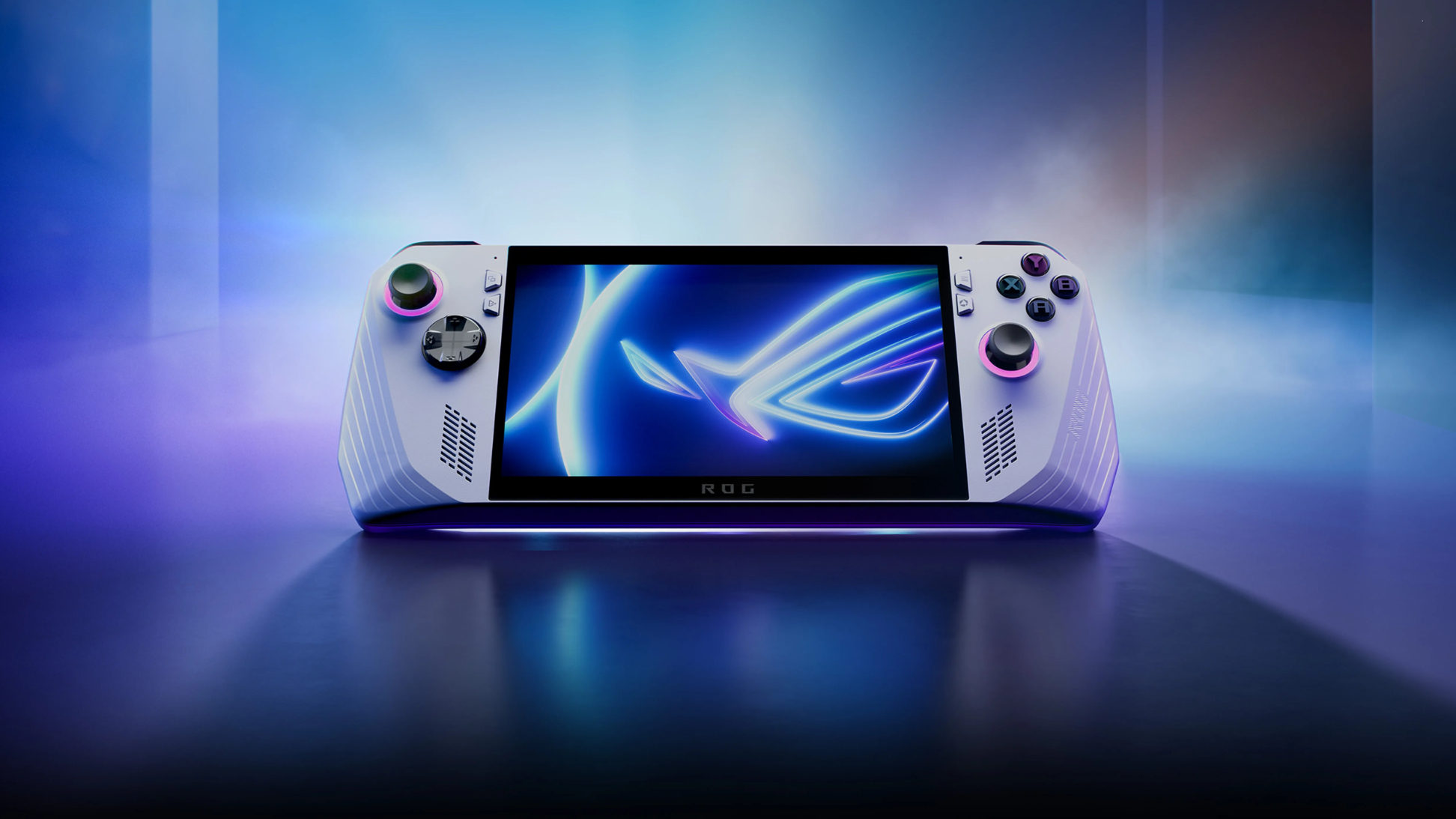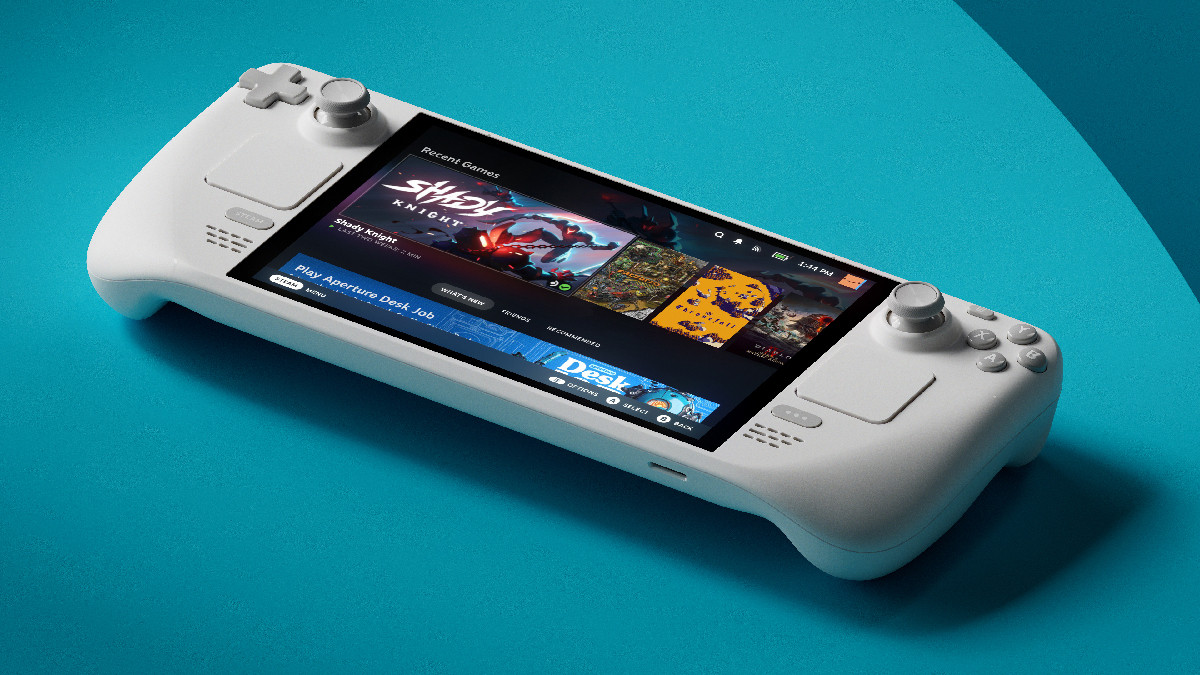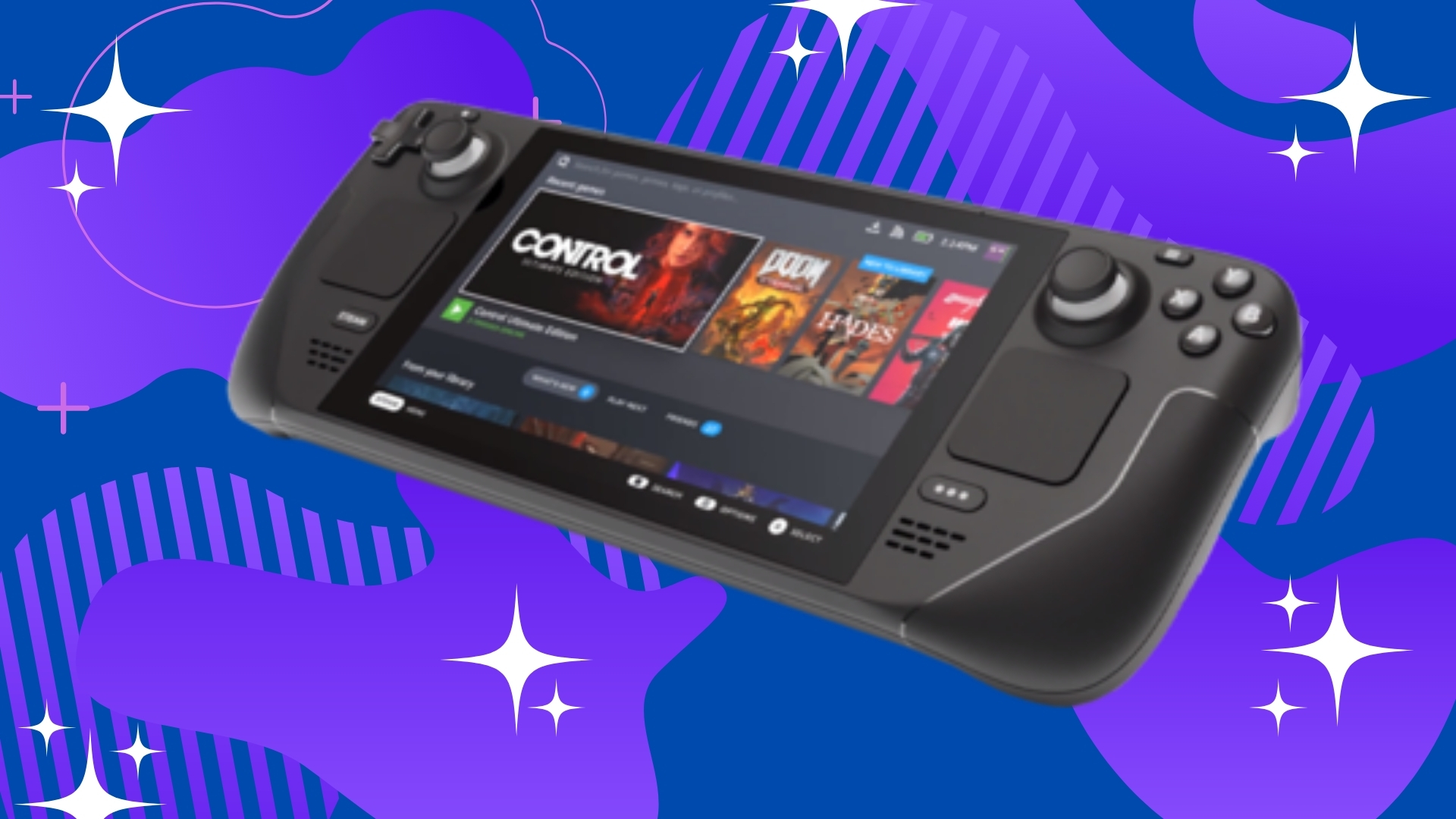Sorry, Microsoft – the ROG Xbox Ally handhelds just don’t make sense compared to the Asus ROG Ally or Steam Deck

Before I dive into this, I just want to make one thing clear: my handheld gaming PC upgrade hunt is over for the foreseeable future, thanks to my Lenovo Legion Go S SteamOS (Z1 Extreme) handheld, and this is merely my outlook on upcoming devices to help convince some of you to think about alternatives.
Simply put, I don't think the ROG Xbox Ally X nor its ROG Xbox Ally counterpart are worthy purchases, as the level of performance from their processors and immersion from their displays can be found elsewhere (and better), at lower prices.
I'll give Microsoft some small credit for not going completely overboard with its pricing on both devices; while I don't think the ROG Xbox Ally X (equipped with AMD's Ryzen Z2 Extreme) is worth its $999 / £799 / AU$1,599 retail price, it's still a better choice than spending $1,349 / £1,099 / AU$2,109 for the Lenovo Legion Go 2, which uses the same processor (don't even get me started on that handheld).
It's also worth noting that the ROG Xbox Ally, using the Ryzen Z2 A processor, is available at $599 / £499 / AU$999, which isn't too bad at face value as the more affordable option of the two, especially considering some rumors that suggested prices would be much higher. However, there's a lot more to it.
The ROG Xbox Ally X is not much better than the original Asus ROG Ally Z1 Extreme

The Asus ROG Ally is still a powerful handheld gaming PC that I refuse to part with despite purchasing a Lenovo Legion Go S. The latter is powered by AMD's Ryzen Z1 Extreme, which is the predecessor to the Ryzen Z2 Extreme used in the ROG Xbox Ally X. Since certain games can't run on SteamOS, I still use the handheld since I've got Microsoft's Windows 11 installed via a dual boot, and it serves me well in terms of performance.
Now, it's become evident to me that the Ryzen Z2 Extreme is the more efficient processor compared to its predecessor, with higher frame rates when gaming at lower TDPs (Thermal Design Power / power consumption), which should serve users well who are after longer battery life.
Despite that, at higher TDPs, where most gamers are looking for better performance, frame rates in games are nearly identical to the frame rates achievable on the Ryzen Z1 Extreme across several games. In scenarios where the Z2 Extreme has better frame rates, the difference is negligible, with single-digit frame rate gains.
Sign up for breaking news, reviews, opinion, top tech deals, and more.
Essentially, if your reasoning for buying the ROG Xbox Ally X over the Asus ROG Ally (or better yet, the Asus ROG Ally X) was solely based on performance, you'll likely realize that there isn't much to be found in terms of an upgrade.
Ultimately, I see the biggest upgrades from the original Asus ROG Ally to the ROG Xbox Ally X as only battery and RAM (only by 8GB, going up to 24GB), and that's not worth paying $300 more for when the Asus ROG Ally is available for $649 / £599 / around AU$980.
Valve's Steam Deck LCD and Steam Deck OLED both trump the ROG Xbox Ally

It isn't much of a surprise to see that the Steam Deck LCD and Steam Deck OLED are still high on the list among the best handhelds (arguably still the best), as their value is there to be seen.
They're affordable handhelds, and while they aren't going to give you higher levels of performance like Ryzen Z1 Extreme-powered handhelds, it's more than enough to get the job done.
Just to emphasize their value, the Steam Deck LCD is $399 / £349 / AU$649, and you can actually find that on sale now for $319.20 / £279.20 / AU$519.20 thanks to Valve's Steam Autumn Sale.
The Steam Deck OLED can be found at $549 / £479 / AU$899. It not only provides much better image quality thanks to its OLED display (which I don't care too much about with handhelds), but also pushes the LCD's 60Hz refresh rate to 90Hz.
Now, when you compare both of those devices to the ROG Xbox Ally, which is using a Ryzen Z2 A chip that has very similar specs to the Steam Deck's Zen 2 APU, it might be hard to see why Microsoft's handheld would be the better choice. The ROG Xbox Ally is available for $599 / £499 / AU$999, which is more expensive than both Steam Deck models.

Both of the handhelds' processors have 4 cores and 8 threads, with similar base and boost clock speeds – so on paper, it looks like the ROG Xbox Ally will showcase similar performance results to the Steam Deck. And when comparing the displays, the Xbox Ally's 1080p screen outdoes the Steam Deck LCD's 800p screen, but the same simply can't be said about the Steam Deck OLED, even at an 800p resolution.
In other words, you'd be paying $200 more to upgrade from the Steam Deck LCD for a battery (40 WHr to 60 WHr) and display resolution boost as the standout upgrades, while you'd be paying $50 more to take a step up from the Steam Deck OLED for the battery upgrade (50 WHr to 60 WHr) alone.
I don't want to bombard you with pricing and numbers, but based on all of the evidence on paper and some of the benchmarks we've seen of the Microsoft and Asus handhelds, there are cheaper alternatives available, where you won't be missing out on too much in terms of performance, visuals (via the displays), and battery life. That's just my two cents, but let me know what you think in the comments below.
You might also like...
- The world's first water-cooled handheld gaming PC is upon us – and it's already poised to dethrone the GPD Win 5
- As Lenovo cancels some Legion Go 2 pre-orders, the first GPD Win 5 videos have landed – and I think it looks worth the premium price tag
- We just got our first glimpse of the Xbox full-screen experience on an original Asus ROG Ally – and it has me pumped to see it on desktop PCs

Isaiah is a Staff Writer for the Computing channel at TechRadar. He's spent over two years writing about all things tech, specifically games on PC, consoles, and handhelds. He started off at GameRant in 2022 after graduating from Birmingham City University in the same year, before writing at PC Guide which included work on deals articles, reviews, and news on PC products such as GPUs, CPUs, monitors, and more. He spends most of his time finding out about the exciting new features of upcoming GPUs, and is passionate about new game releases on PC, hoping that the ports aren't a complete mess.
You must confirm your public display name before commenting
Please logout and then login again, you will then be prompted to enter your display name.